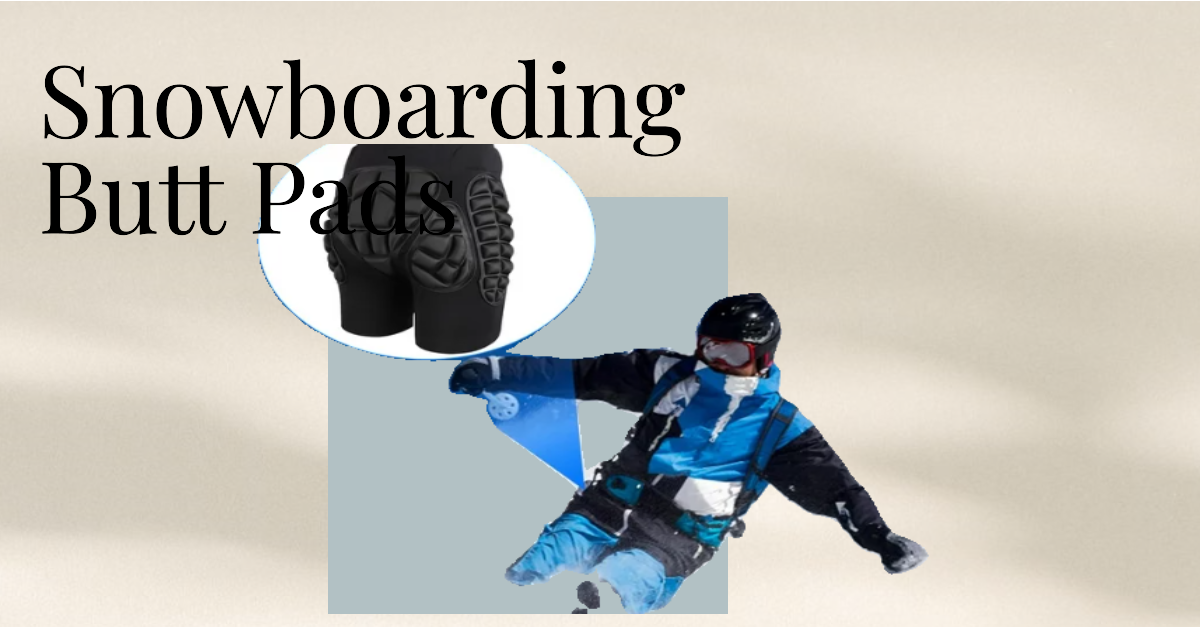Hitting the slopes and shredding down the mountain is an exhilarating experience for snowboarders. However, as thrilling as it is, falls and crashes are an inevitable part of the sport, especially for beginners and those pushing their limits. That’s where snowboarding butt pads come into play, providing essential protection and confidence to riders of all skill levels. In this ultimate guide, we’ll explore the world of snowboarding butt pads, their benefits, types, and how to choose the perfect pair for your needs.
Table of Contents
Why Snowboarding Butt Pads Matter
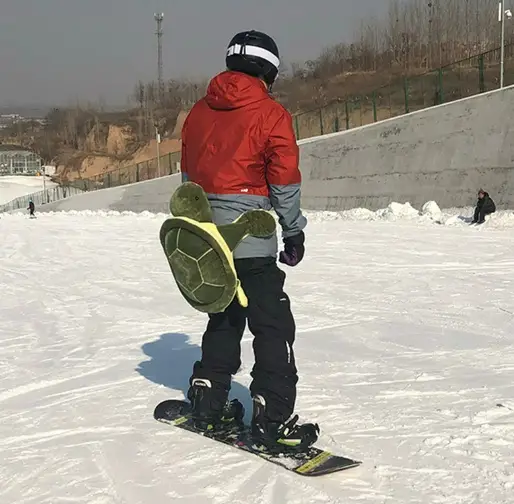
Snowboarding is a high-impact sport, and falls can be jarring, especially when you land on your tailbone or hip area. Butt pads act as a crucial line of defense against these impacts, offering the following benefits:
- Injury Prevention: A well-designed butt pad can absorb and distribute the force of a fall, reducing the risk of tailbone injuries, bruising, and general soreness.
- Confidence Booster: Knowing you have added protection can give you the confidence to push your boundaries, try new tricks, and enjoy the sport without constant fear of painful falls.
- Comfort: Spending long hours on the slopes can lead to discomfort and fatigue, especially in sensitive areas. Butt pads provide an extra layer of cushioning, making your time on the mountain more enjoyable.
- Versatility: Many butt pads are designed for use in various snow sports, including skiing, snowmobiling, and even ice skating, making them a versatile investment.
Now that you understand the importance of butt pads, let’s dive into the different types available on the market.
Types of Snowboarding Butt Pads
Snowboarding butt pads come in various shapes, sizes, and materials, each offering unique benefits. Here are some of the most common types:
1. Padded Shorts or Bibs
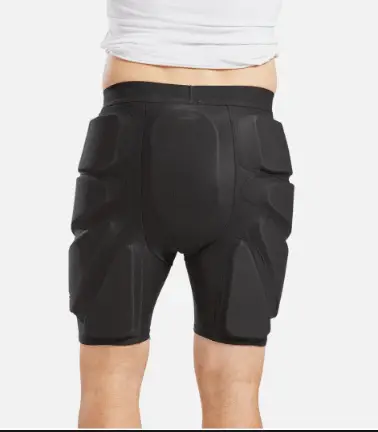
Padded shorts or bibs are a popular choice among snowboarders, offering full coverage and protection for the tailbone, hips, and upper thighs. These butt pads are typically made from a combination of foam padding and durable, moisture-wicking fabrics, ensuring both protection and comfort.
Pros:
- Comprehensive protection
- Moisture-wicking and breathable materials
- Comfortable and flexible fit
Cons:
- Can be bulky and warm for some riders
- May interfere with mobility for certain snowboarding styles
2. Tailbone Protectors
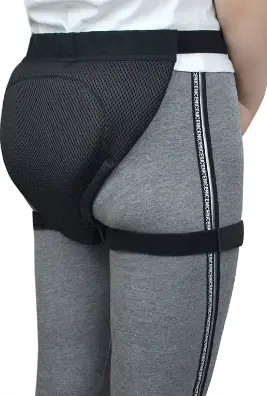
As the name suggests, tailbone protectors are designed to focus specifically on protecting the tailbone area. These pads are typically smaller and more compact, making them less intrusive and easier to wear under your regular snowboarding pants or bibs.
Pros:
- Lightweight and low-profile
- Easy to wear under existing gear
- Targeted protection for the tailbone
Cons:
- Limited coverage for hips and upper thighs
- May shift or move during falls or impacts
3. Integrated Pads
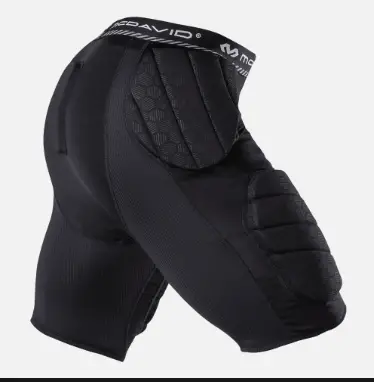
Some snowboarding pants and bibs come with integrated butt pads, eliminating the need for separate protective gear. These integrated pads are often made from lightweight foam or impact-resistant materials and are strategically placed in the tailbone and hip areas.
Pros:
- Seamless integration with existing gear
- No need for additional layers or bulkiness
- Targeted protection in key areas
Cons:
- Limited customization options
- May need to replace the entire garment if pads wear out
4. Impact Shorts
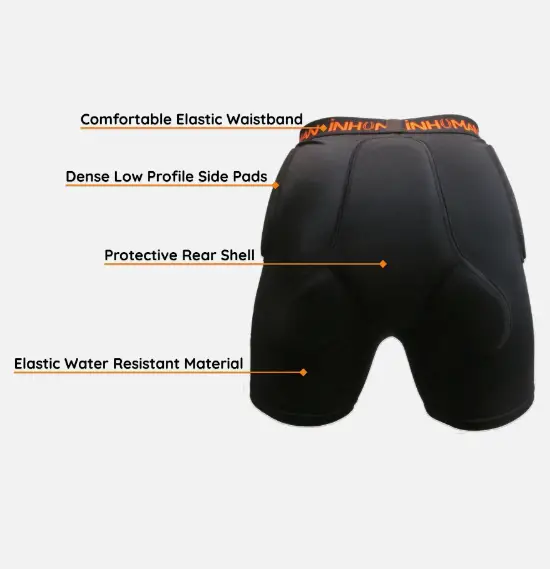
Impact shorts, also known as compression shorts with padding, are a versatile option for snowboarders. These tight-fitting shorts feature strategically placed padding in the tailbone, hips, and thigh areas, offering all-around protection without compromising mobility.
Pros:
- Comprehensive protection
- Flexible and form-fitting design
- Suitable for various snow sports
Cons:
- Can be warm for some riders
- May require additional layers for optimal comfort
Choosing the Right Snowboarding Butt Pad
With so many options available, choosing the right snowboarding butt pad can be a daunting task. Here are some key factors to consider:
- Riding Style: Your riding style and preferences will play a significant role in determining the most suitable butt pad. For example, freestyle riders may prefer more lightweight and low-profile options, while free-riders or beginners may prioritize comprehensive protection.
- Fit and Comfort: A well-fitting butt pad should be comfortable and not restrict your movements or cause chafing. Consider factors like flexibility, breathability, and moisture-wicking capabilities.
- Protection Level: Evaluate the level of protection you need based on your skill level, terrain preferences, and risk tolerance. Beginners or those riding more challenging terrain may require more robust padding.
- Climate and Temperature: If you ride in colder climates, prioritize butt pads made from insulating materials or those that can be layered with additional clothing. For warmer conditions, look for lightweight and breathable options.
- Durability and Quality: Invest in high-quality butt pads made from durable materials that can withstand repeated impacts and wear and tear. Look for reputable brands and read reviews from fellow snowboarders.
Best Snowboarding Butt Pads On Amazon
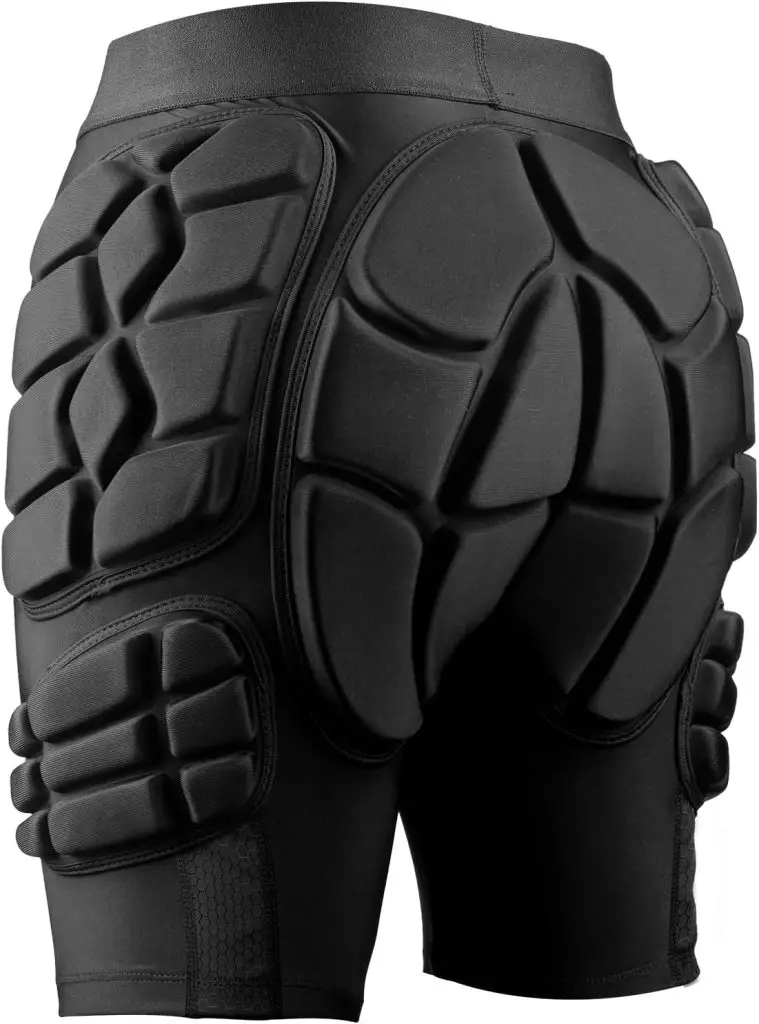
How to Properly Wear Snowboarding Butt Pads
Wearing your butt pads correctly is crucial for maximizing their effectiveness and ensuring a comfortable riding experience. Here are some tips for proper use:
- Follow the Manufacturer’s Instructions: Each butt pad may have specific instructions for proper sizing, positioning, and wearing. Refer to the manufacturer’s guidelines for optimal fit and performance.
- Adjust for a Snug Fit: Butt pads should fit snugly against your body without excessive looseness or tightness. Adjust straps, velcro closures, or sizing as needed for a secure and comfortable fit.
- Position Correctly: Ensure the butt pad is positioned correctly over the tailbone and hip areas, providing targeted protection where you need it most.
- Layer Appropriately: Depending on the type of butt pad and your climate, you may need to layer additional clothing or gear over or under the protective pad for optimal comfort and warmth.
- Check for Shifting: During your ride, periodically check that your butt pad hasn’t shifted or moved out of position, as this can compromise its effectiveness.
By following these tips, you’ll maximize the benefits of your snowboarding butt pad and enjoy a safer, more comfortable ride on the slopes.
Maintaining Your Snowboarding Butt Pads
Proper maintenance is key to ensuring your snowboarding butt pads last for multiple seasons and continue to provide optimal protection. Here are some maintenance tips:
- Clean Regularly: After each use, clean your butt pads according to the manufacturer’s instructions. This may involve spot cleaning, machine washing, or hand washing, depending on the materials and construction.
- Air Dry: Avoid putting your butt pads in the dryer, as the heat and tumbling action can damage the padding and materials. Instead, air dry them at room temperature, ensuring they’re completely dry before storing.
- Inspect for Wear and Tear: Regularly inspect your butt pads for signs of wear, such as thinning padding, torn fabrics, or loose seams. Replace them if they show significant deterioration, as their protective capabilities may be compromised.
- Store Properly: When not in use, store your butt pads in a cool, dry place, away from direct sunlight or moisture. Proper storage will help maintain their integrity and prolong their lifespan.
By taking good care of your snowboarding butt pads, you’ll ensure they continue to provide reliable protection and comfort on the slopes for many seasons to come.
Frequently Asked Questions (FAQs)
Q: Are snowboarding butt pads only for beginners?
A: No, butt pads are beneficial for snowboarders of all skill levels. Even experienced riders can benefit from the added protection and confidence provided by a good butt pad, especially when trying new tricks or riding challenging terrain.
Q: Can I wear regular padded shorts or compression pants instead of dedicated snowboarding butt pads?
A: While regular padded shorts or compression pants can provide some level of protection, they may not be designed specifically for the demands of snowboarding. Dedicated snowboarding butt pads are tailored to offer targeted protection for the tailbone and hip areas, as well as withstand the rigors of the sport.
Q: Do butt pads make it harder to snowboard or restrict movement?
A: High-quality, well-fitting butt pads should not significantly restrict your movement or make snowboarding harder. Look for flexible, form-fitting options made from breathable materials to minimize any potential impact on your mobility or comfort.
Q: How often should I replace my snowboarding butt pads?
A: The lifespan of your butt pads will depend on factors such as usage frequency, impact levels, and proper maintenance. As a general guideline, consider replacing your butt pads every 2-3 seasons, or sooner if you notice significant wear and tear or a decrease in protective capabilities.
Q: Can I wear my snowboarding butt pads for other winter sports or activities?
A: Many snowboarding butt pads are designed to be versatile and can be used for other winter sports or activities that involve potential impacts or falls, such as skiing, ice skating, or even sledding. However, it’s always a good idea to check the manufacturer’s recommendations for compatibility.
Q: How do I determine the right size for my snowboarding butt pads?
A: Most manufacturers provide sizing charts and guidelines based on measurements such as waist size, hip size, or overall body dimensions. Follow these guidelines closely and consult the manufacturer’s size recommendations to ensure a proper fit for optimal protection and comfort.
Conclusion
Snowboarding is an exhilarating and thrilling sport, but it’s essential to prioritize safety and protection alongside skill development. Snowboarding butt pads are a crucial piece of gear that can prevent injuries, boost confidence, and enhance your overall enjoyment on the slopes.
By understanding the different types of butt pads available, considering your riding style and preferences, and following proper fitting and maintenance guidelines, you can find the perfect pair to complement your snowboarding gear.
Remember, investing in a high-quality, well-designed butt pad is an investment in your safety and peace of mind, allowing you to push your boundaries and fully embrace the thrill of carving down the mountain without the constant fear of painful falls.
So, gear up, stay protected, and hit the slopes with confidence – your tailbone (and overall snowboarding experience) will thank you!
